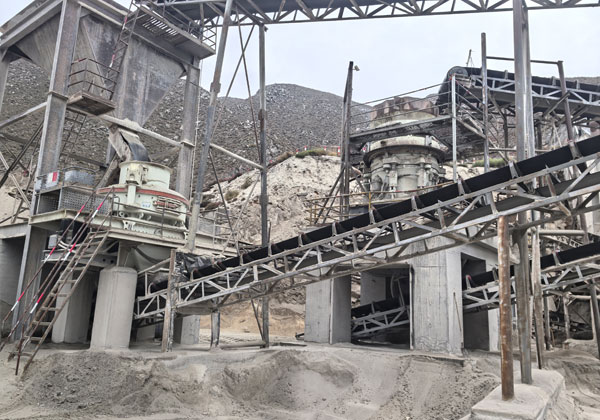100 t/h capacity rock crushing plant
The 100 tons per hour (T/H) rock crushing plant represents a medium-scale solution for aggregate production in construction, mining, and infrastructure projects. Such plants are designed to efficiently process raw materials like granite, limestone, basalt, or river stones into different sizes for construction needs. The article emphasizes both the technical capabilities and operational benefits of these plants.
Plant Overview
A 100 T/H rock crushing plant typically includes several core components:
-
Feeding System – Usually a vibrating feeder that ensures a continuous flow of raw material into the primary crusher.
-
Primary Crusher – Often a jaw crusher or impact crusher, responsible for reducing large rocks into manageable sizes.
-
Secondary Crusher – A cone or impact crusher that further processes the material to achieve the desired granulometry.
-
Screening System – Vibrating screens separate materials into different size fractions, ensuring quality output.
-
Conveying System – Belt conveyors transport materials between crushers, screens, and storage piles.
The article highlights the modular design of modern crushing plants, allowing flexibility for relocation and easy maintenance.

Capacity and Efficiency
The plant’s capacity of 100 T/H makes it suitable for small to medium-scale operations. Efficiency is maximized by:
-
Optimized crushing stages to minimize energy consumption.
-
High-performance crushers capable of handling hard rocks.
-
Effective screening to reduce waste and improve aggregate quality.
The analysis emphasizes that capacity depends not only on the crusher’s size but also on the material type, feed size, and moisture content.
Advantages
The article identifies several advantages:
-
Cost-effectiveness: Moderate capacity reduces initial investment and operating costs.
-
Flexibility: Can process various rock types.
-
Mobility: Some models are portable, allowing relocation between sites.
-
Ease of maintenance: Modular design simplifies inspection and replacement of parts.
Limitations
The plant’s capacity, while suitable for medium operations, may not meet large-scale industrial demands. Additionally, plant efficiency heavily relies on consistent feed size and material hardness, making pre-screening important.
Conclusion
The 100 T/H rock crushing plant provides a balanced solution for medium-scale crushing operations, combining efficiency, reliability, and versatility. By incorporating modern crushers, screens, and automated monitoring systems, these plants meet the needs of construction and mining sectors requiring quality aggregate output with controlled operational costs.
